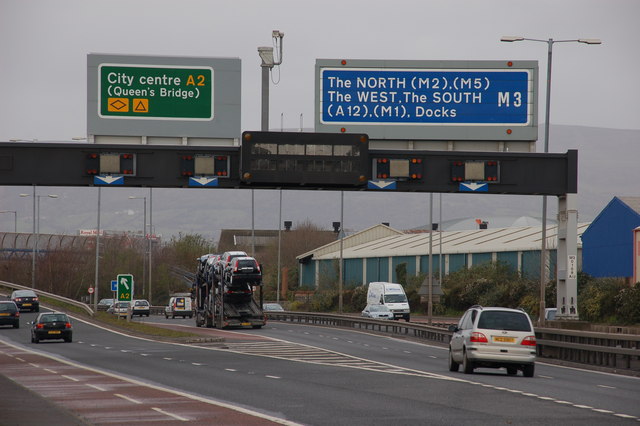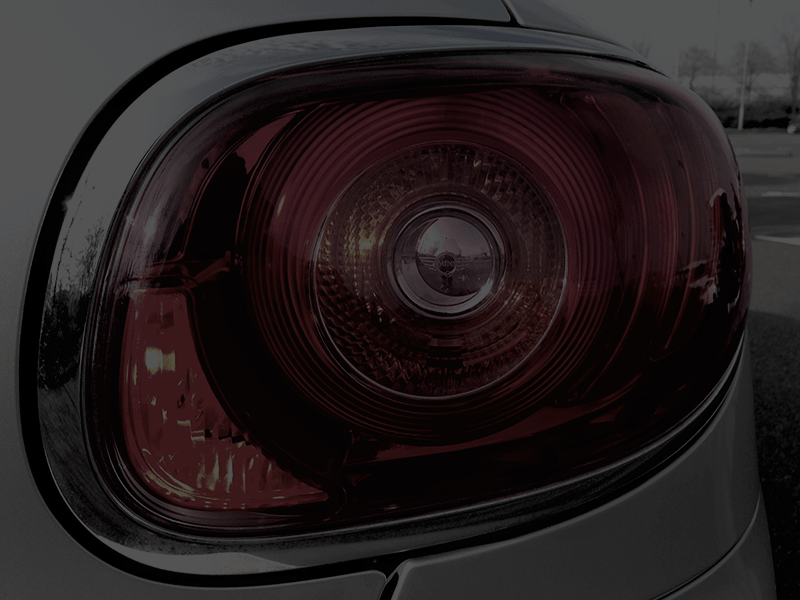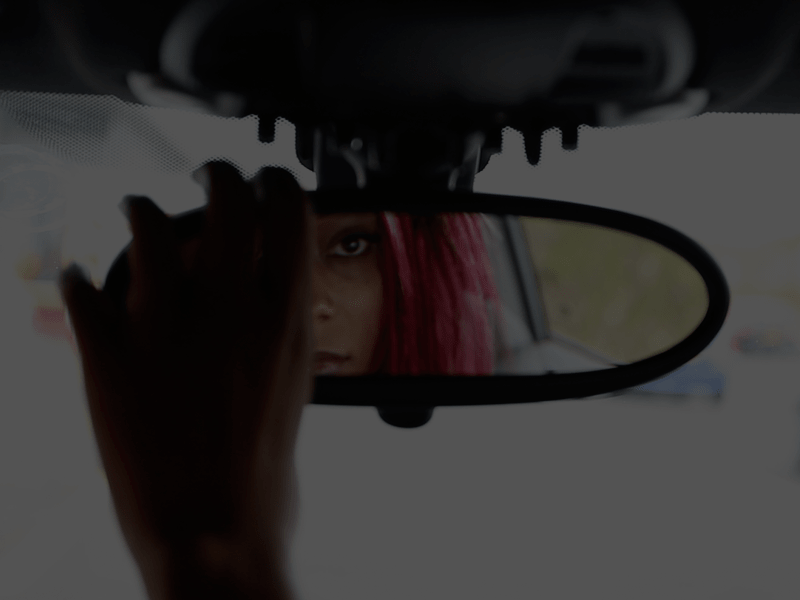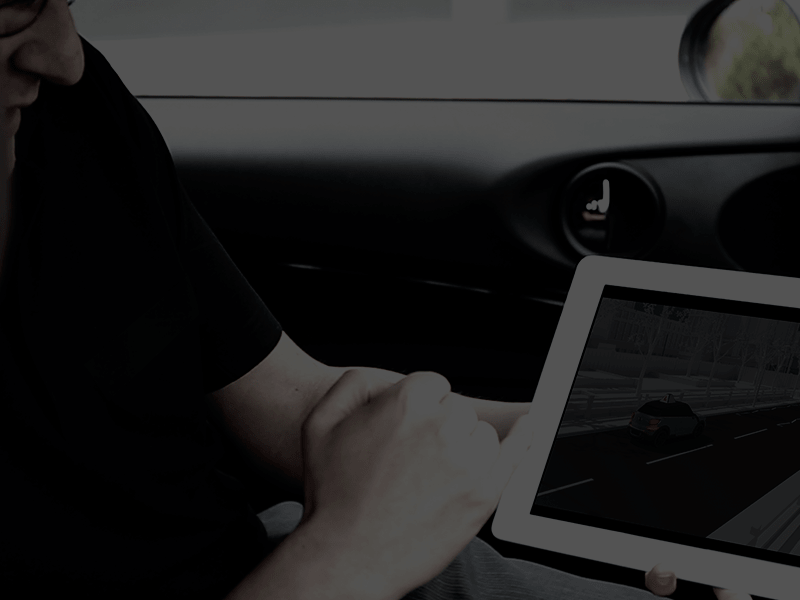Driving Tips – Motorways – SMARTER than you think…

Motorways have come a long way since the first one opened in the UK in 1959 – and they now carry more traffic than ever before.
To make motorways safer they are keeping up with technology. Because there are cameras linked to control centres the speed limits and available lanes can be changed to meet the traffic demands.
This is a ‘Smart motorway’.
Although it might seem strange, when traffic is busy, lower speed limits can make the traffic move faster – this is because the lower limits keep the traffic flowing without traffic jams.
Make sure that you keep to the limits – if there are no speed limits showing, the national speed limit applies.
On Smart Motorways the hard shoulder is also used as an extra traffic lane so that the road can carry more traffic.
On the latest motorways there is no hard shoulder at all – the left lane is used permanently for moving traffic.
If you’ve never seen or used one before, watch this ‘Smart Motorway Simulator’:
Cars are far more reliable than they were when motorways were first introduced and less likely to break down, especially if they are well maintained.
If you are unlucky enough to break down on a Smart Motorway try to drive to one of the regular refuge areas. If you can’t get to a refuge area, stop as near to the left as you can and put on your hazard lights – get out of the car using the doors on the left – call 999 on your mobile.
The control centre will be able to close the lane you are in until help arrives.
Finally, never drive in a lane that has a red X sign either above it or indicated on the overhead information signs which are placed at intervals on the left.
Quick tips
On a smart motorway:
- never drive in a lane closed by a red “X”
- keep to the speed limit shown on the gantries
- a solid white line indicates the hard shoulder – don’t drive in it unless directed.
- a broken white line indicates a normal running lane
- if your vehicle experiences difficulties, eg warning light, exit the smart motorway immediately if possible
- use the refuge areas for emergencies if there’s no hard shoulder
- put your hazard lights on if you break down
All Motorway Videos
Here are some advice videos worth watching:
Smart Motorways Overview
Red X
Simulator
The DVSA give some great advice on driving on smart motorways, too: DVSA Smart Motorways
Motorways (253 to 273)
The Highway Code rules for motorways, including rules for motorway signals, joining the motorway, driving on the motorway, lane discipline, overtaking, stopping and leaving the motorway.
https://www.gov.uk/guidance/the-highway-code/motorways-253-to-273
Highway Code Advice from the DVSA –
The Highway Code applies to England, Scotland and Wales and is essential reading for everyone.
Information reproduced via the OGL









